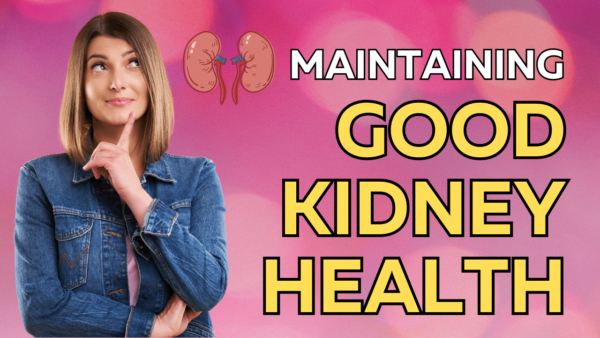Torticollis, often referred to as “wryneck,” is a condition that impacts the neck muscles, causing the head to tilt. It predominantly affects infants but can be found in people of all ages. This comprehensive guide delves deep into its causes, symptoms, treatments, and preventative measures.
What is Torticollis?
Torticollis is a condition where the sternocleidomastoid muscle, located in the neck, becomes shortened or tightened, causing the head to tilt or turn to one side. This may be present at birth or develop over time.
Causes of Torticollis
Congenital Torticollis
- Muscle Tightness: The most common cause in infants is the sternocleidomastoid muscle’s tightness.
- Position in the Womb: The baby’s position during gestation might contribute, especially if they were in a breech position or there was little amniotic fluid to move within.
Acquired Torticollis
- Trauma: An injury to the neck can lead to muscle swelling or cervical spine damage.
- Infection: Infections in the neck area can cause lymph node swelling, which leads to torticollis.
Symptoms to Look Out For
- Head Tilt: The head leans to one side while the chin points to the opposite side.
- Neck Pain: Pain or discomfort may be felt in the affected muscle.
- Stiffness: The neck may have limited movement, especially when trying to turn the head.
- Muscle Swelling: The affected muscle may be slightly swollen or lump.
Comprehensive Treatment Approaches
Physical Therapy
Engaging in physical therapy helps stretch and strengthen the affected neck muscle, promoting better posture and alignment.
Medications
Pain relievers or muscle relaxants can be prescribed to reduce pain and muscle tightness.
Surgery
In severe cases where physical therapy and medications don’t provide relief, a surgical procedure might be recommended to lengthen the neck muscle.
Preventative Measures
- Regular Stretching: Encourage regular neck exercises and stretches, especially for those with sedentary lifestyles.
- Good Posture Habits: Ensure a correct posture when sitting or standing, especially when using digital devices.
The Importance of Early Detection
Addressing torticollis early, especially in infants, is crucial. It can prevent potential complications such as persistent head tilt, facial asymmetry, or developmental hip dysplasia.
In Conclusion
Torticollis, while concerning, is often treatable with the right care and early detection. Recognizing the symptoms and seeking appropriate medical intervention ensures the best outcome for individuals affected by this condition. As always, consulting with a healthcare professional when concerns arise is the best course of action.

